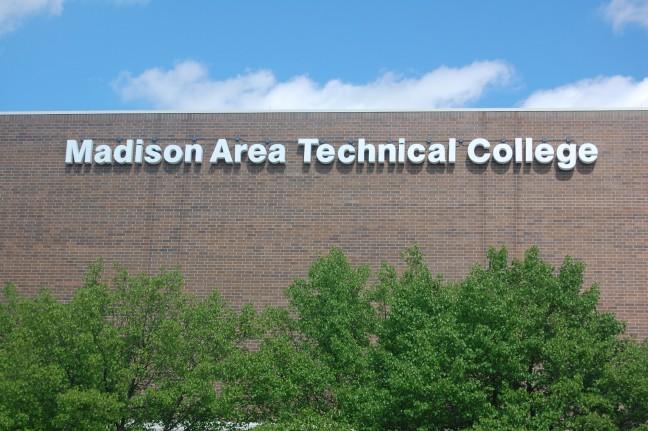Madison Area Technical College proposed selling the downtown campus and strengthening its presence in south Madison after completing a study concerning their five facilities in the Madison area.
The study was conducted to determine what facilities were necessary for Madison College to continue providing services in the Madison area, following new fiscal policies that limit the ability to use the property tax to fund its operations, Tim Casper, senior executive at Madison College, said.
Based on the results of this study, Madison College President Jack E. Daniels III has made a recommendation to consider discontinuing operations at the downtown, or Truax, campus and create a larger physical presence in south Madison, Casper said.
“We feel that we would be able to move forward with this proposal that focuses on fulfilling our mission to serve the residents of the city of Madison, and it is one that still recognizes that not everything can come back to the Truax campus,” Casper said. “We still need to have a presence elsewhere in our city.”
Currently, more than 75 percent of students that use the downtown campus are commuting from three miles or more, Casper said. The south campus serves more students who come from the area directly surrounding the campus. An increased presence in south Madison looks to better serve the students attending that campus, as well as some students who are currently attending the downtown campus.
The south Madison campus, currently located near Park Street and the Beltline, is more centrally located for the rest of Madison and the county, Ald. John Strasser, District 14, said.
“If they wanted one good satellite location, their proposed south Madison location is really the center of the city,” Strasser said.
Madison College serves as a first point of access to higher education for many people in the community, Casper said. South Madison has potential for increased levels of employment and educational opportunities, which Madison College’s presence will help to encourage, Strasser said.
Madison College fills a much needed niche in higher education, Strasser said. Locationally, if the technical college chooses to focus its efforts in south Madison, higher education will become fairly accessible from all points in the city, he said.
“As a pathway to better employment, MATC is vital,” Strasser said. “MATC works closely with employers to find out what skills are needed in the workforce.”
Since 2011, Madison College has seen a decline in its enrollment, Casper said. In 2011, it reached a historically high number of enrolled full-time equivalent students at 11,000 students. As this academic year draws to a close, Madison College expects to finish with around 9,800 full-time equivalent students, he said.
This decline in student enrollment is likely determined by gradual improvement of the economy, Casper said. When the economy is in a poorer condition, enrollment is generally higher, whereas better economic conditions typically coincides with lower enrollment numbers, he said.
Along with these lower levels of enrollment, technical colleges, like many other avenues of education, are facing their own challenges, John Reinemann, executive secretary for the Wisconsin Higher Educational Aids Board, said.
“They are facing a crush for resources,” Reinemann said. “There is not enough money to do everything that the Legislature and the public asks of them.”
The Board of Trustees for Madison College will meet on May 13 to determine their position on the proposition that the president put forth.












